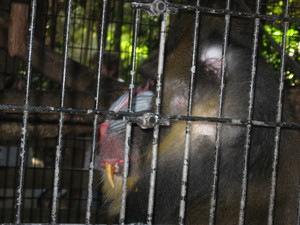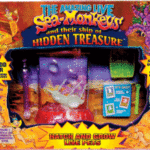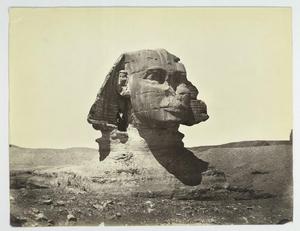This was inspired by a trip to the local zoo and an encounter between a tourist and a male mandrill. The man kept making drunk comments about the monkey “winking” at him with his butt and the mandrill ended up looking superior and more evolved of the two.
Folklore told before 600 BC was that man directly descended from animals. Native Americans carried on this tradition speaking of animal ancestral legends. In 1619, the Italian philosopher, Lucilio Vanini, was burned alive for suggesting that humans evolved from apes. What goes around; comes around.
The Mandrill (Mandrillus sphinx) is a primate of the Old-world monkey family tree, closely related to baboons. They were at one time classified as baboons, but recent research has separated them into their own genus, Mandrillus. The Mandrill is the world’s largest species of monkey.
Scientists confirmed that mandrills are more closely related to the long-legged monkeys called mangabeys. This is a classic case of how evolution plays tricks on us by creating major differences in close cousins and remarkable similarities in unrelated species. The mandrill primarily lives on the ground but sleeps in the trees.
The word monkey possibly originated in the popular German version of Reynard the Fox fable that was published in 1580. A group of monkeys is referred to as a troop or tribe. Mandrills group together in troops of up to 50, traveling as far as 6 miles a day in search of food. Mandrills eat plants, insects, lizards, snakes, and other small animals.
The mandrill walks on all fours but is able to upright on two legs for short periods. The name mandrill means man-ape. The ferocious mandrill has over 24 canines used for tearing and devouring meat. Its body strength is more powerful then the average human.
Mandrills are muscularly built with imposing canine teeth. As often seen in nature, the males are the most colorful of the sexes. The big, aggressive creatures are also highly sociable. Although, that may sound like a contradiction, aside from the mammals savage reputation, they live in social groups of several females and one dominant brightly colored male.
The male’s face and buttocks are hairless. Its muzzle is an intense blue color with a bright red nose; and the same colors are displayed on its rump. When the male gets excited or angry, the colors become even brighter. Full-grown mandrills are about 2 ½ feet tall and weigh around 55 pounds. Predators include leopards, cheetahs, and humans who hunt the mandrill.
The male’s vivid show of colors is believed to serve as a guide to the following troop bringing in the rear as they forage through the dense jungle. In my opinion, their face and butt are colored identical to throw off predators in not knowing if the animals are coming or going. Also bright colors on males are used in nature to attract females.
During courtship, the female leads and the male follows. The male bares his teeth and softly makes courtship noises. If the female is interested, she will present her rear to the male. The male mounts her and after intercourse, it is the female who leaves. Mothers form bonds with their daughters that can last a lifetime. Bonds made with sons are broken when sexual maturity is reached. In captivity, mandrills can live to around 45 years of age.
Humans have in common with primates the need of vitamin C for healthy diets. Many mammals are capable of manufacturing their own. Although, humans can no longer manufacture this essential vitamin, we once did but the gene has been turned off. The exact mutation that rendered the gene non-functional in the great apes appears in humans as well.
Mandrills are endangered due to its native habitat loss in the rainforest. To help, buy only rain forest products that are labeled protective to the rainforest. Recycling and purchasing recycled products aids animal habitats by reducing the amount of natural resources taken from the Earth.
The Big Baboon ~ Hilaire Belloc
The Big Baboon is found upon
the plains of Cariboo:
He goes about with nothing on
(A shocking thing to do).
But if he dressed up respectably
and let his whiskers grow,
how like this Big Baboon would be
to Mister So-and-so!
Sources:
Genetic diversity and reproductive success in mandrills (Mandrillus sphinx) PNAS 2005 102:16723-16728; November 7, 2005, Proceedings of the National Academy of Sciences
Skeletal and dental morphology supports origin of baboons and mandrills, PNAS 1999 96:1157-1161, John G. Fleagle and W. Scott McGraw
The conserved gene shared with Old World monkey, PNAS 1989 86:3718-3722, Davidson, Britten, and Stout






